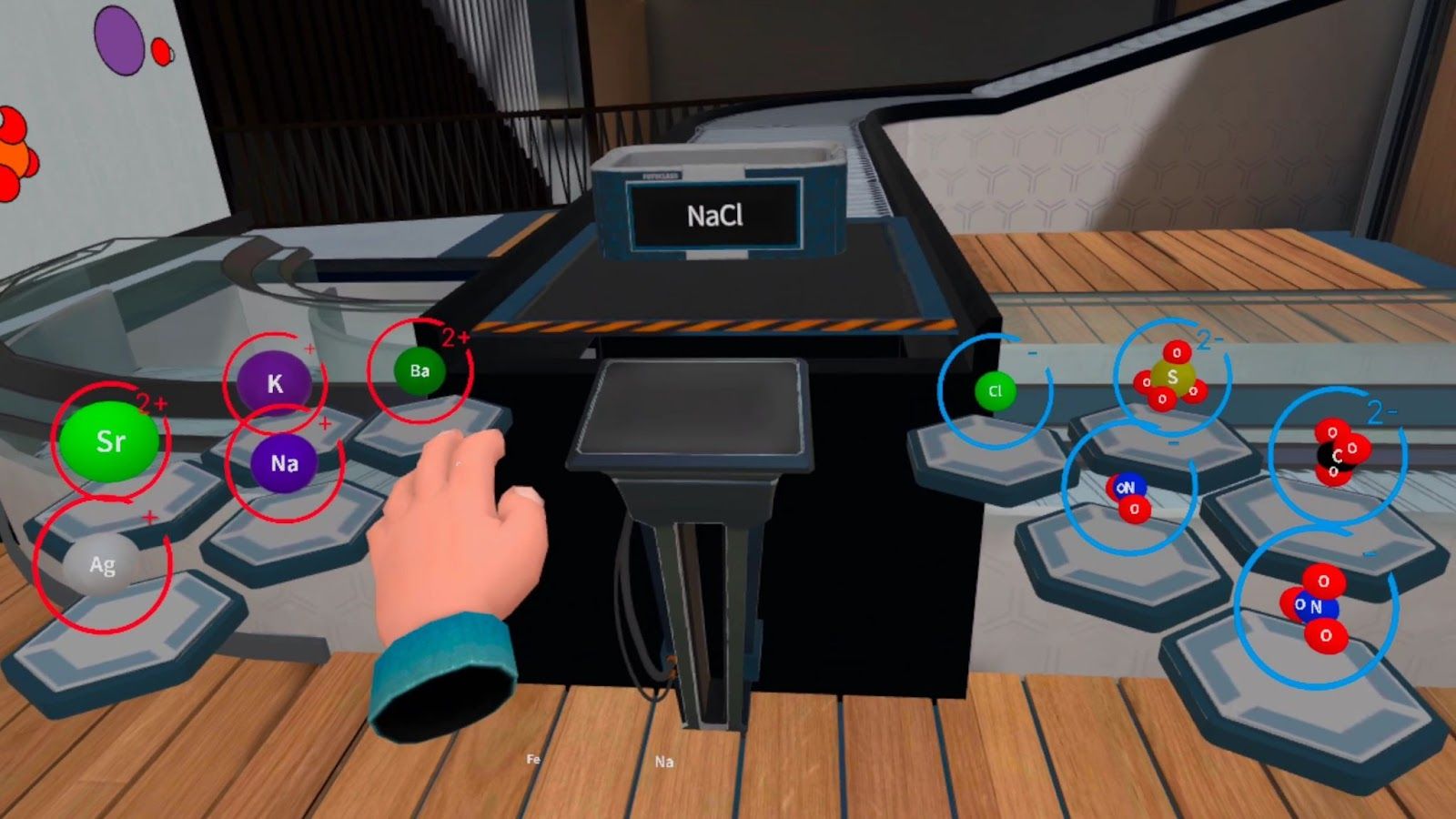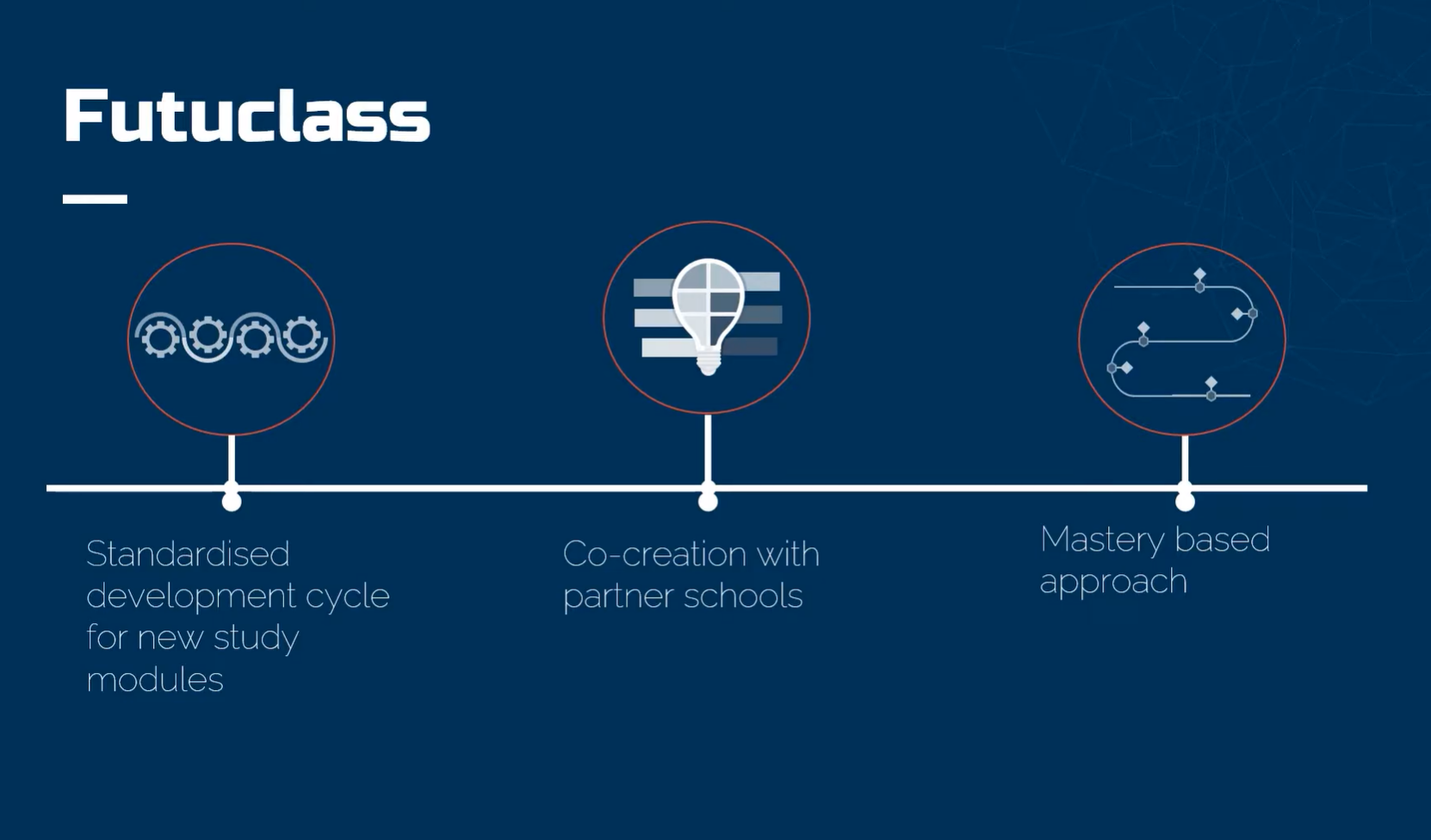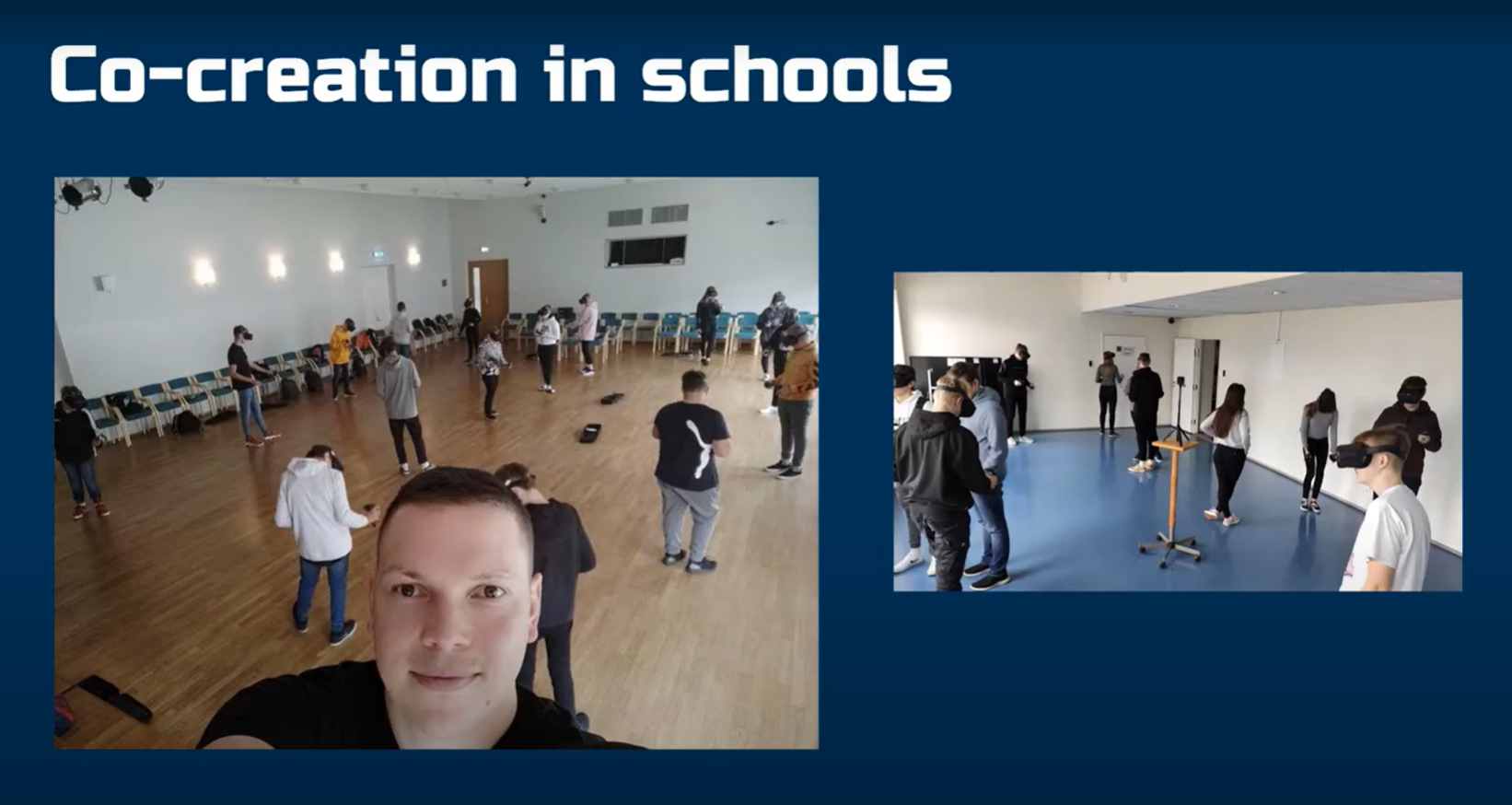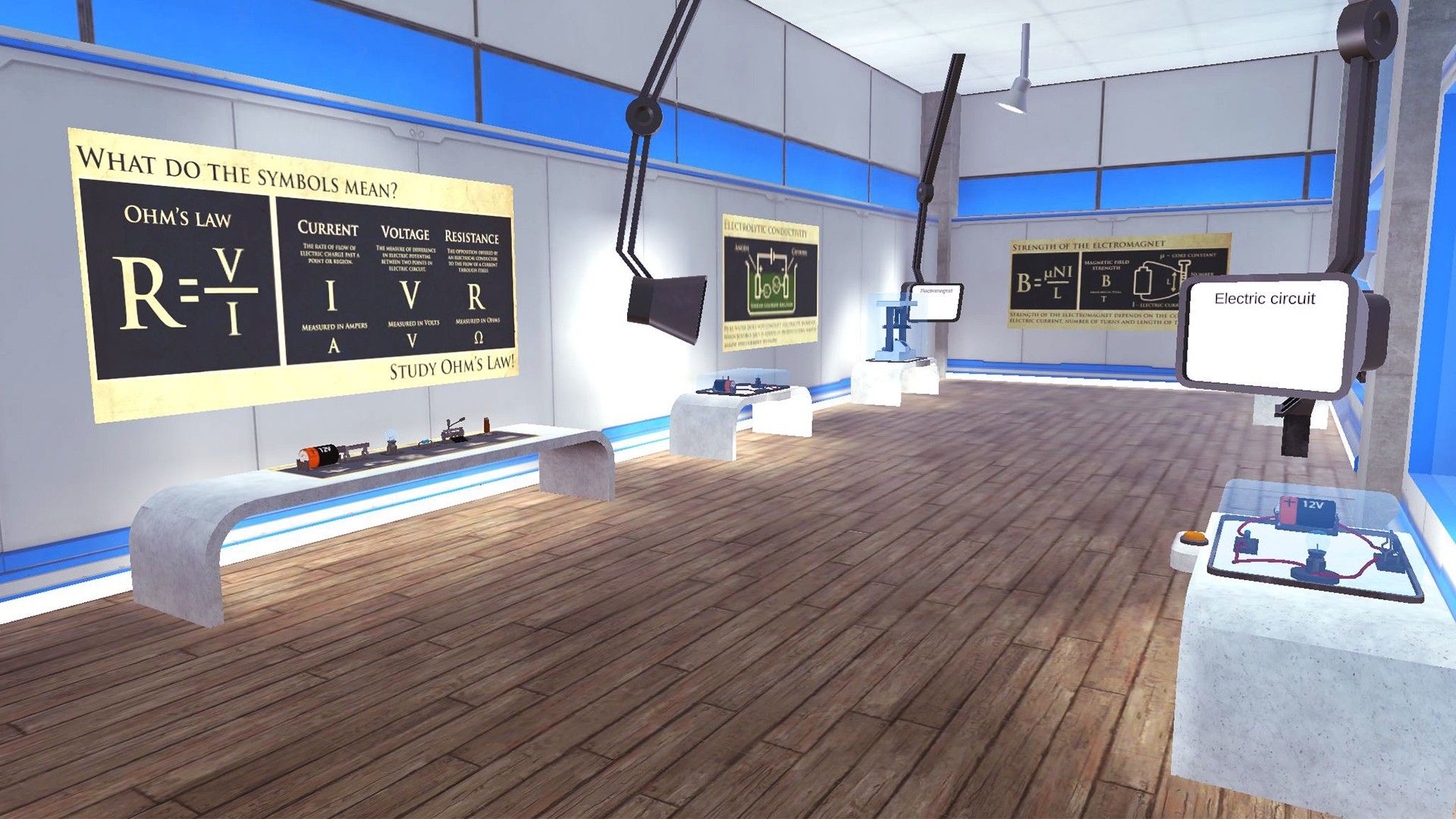Curriculum Alignment - Where Does Gaming Fit in Chemistry Education?
15/03/2022
Asking how to teach is as important as asking what to teach.
Research shows us that curriculum alignment and student achievement have a very strong correlation. But where does curriculum alignment fit into the “edutainment” industry? The term edutainment refers to games, films, or interactive media that is marketed as educational.
Newsflash: Just because something is being marketed as educational, does not mean that it was designed to be educational. When it comes to education gaming: Curriculum alignment needs to occur from the very first stage of the game development life cycle (GDLC).
What is Curriculum Alignment, and Why is it Important?
We know that teaching methods, content and standards don’t look the same today as they did decades ago. Why? The answer to that question is curriculum alignment.
Curriculum alignment is the term used to describe the process that educators and administrators use to formally evaluate an education program to ensure it fits well with their standards-aligned curriculum content. This process of aligning teaching tools and methods with the content is an ongoing process. It’s the driving force behind the updates and changes in education programs in schools.
This process is important for educators because it ensures that their programs provide the best delivery methods and content. They want to eliminate gaps in the curriculum, and stick to the most up-to-date standards for the subject matter at hand.

Chemistry Curriculum: How to Enhance Student Learning With Interactive Classroom Activities
NGSS Standards have become the Bible of STEM in many parts of the United States and in some instances, internationally as well. These standards help us figure out what to teach. But, standards in STEM require students be exposed to, and sometimes proficient in some pretty complex topics. Chemistry is one of those topics. It’s not a simple topic, and students struggle with the complexity. Educators and curriculum developers are tasked with figuring out how to present this complex subject matter in a way that kids can understand and retain.
It’s clear that monotonous reading from dry textbooks followed by wordy paper assessments isn’t the most effective way to present subjects like chemistry, physics, and biology to teenagers. Educators need to get creative to find the best way to teach these classes, without sacrificing student engagement. Developing a well-rounded curriculum involves evaluating subject matter and delivery methods.
It’s tough topics like chemistry, physics, and biology that have driven an entire industry based on presenting complex material under the guise of gaming. We know that interactive activities improve achievement. Video games put students in a “familiar” environment where they learn through play. This idea of “gamifying” learning began long ago. As early as 1971 with the release of the epic, time-tested “Oregon Trail”, companies have been trying to get educational games right. We all remember the geography-centered “Where in the World Is Carmen Sandiego?”. But so often, these games are shaky at best. They create extra work for teachers, without a lot of gains for learners.
Why do so many educational games out there miss the mark?
Find the Motivation. Appeal to Curiosity. But Don’t Forget the Relevance.
One of the biggest mistakes developers make in the GDLC is going it alone. They know children are motivated by video games. They know they can peak curiosity by presenting the material on a colorful screen and give students some control over the outcomes. But everytime, they forget something.
At the end of the day, game designers are not educators and often fall short of delivering the relevance. At Futuclass, we began our project with collaboration from teachers and game designers. Each member of our curriculum alignment team held a specific role in making sure that our lessons were not just fun and engaging, but relevant to the subject matter. Each step of development was conducted in collaboration with natural science teachers and expert educators.

Part of aligning the program to the curriculum involves finding gaps and problem areas. We decided to help teachers tackle the problem areas in their curriculum. By simplifying the most complex parts of chemistry, we can offer teachers additional tools to help students reach academic success.
We’ve surveyed teachers to determine which specific areas of chemistry and physics are the most difficult to drive home in the classroom. We took that data to begin choosing what areas to focus on. Designed corresponding lessons in collaboration with a carefully chosen curriculum alignment team. Lessons were tested and refined repeatedly by educators to ensure our content was aligned with the designated curriculum.
This is where games fail. In order to be highly effective, each step of the development process needs to be closely monitored, and not just by developers and graphic designers. The finished product must be analyzed and refined through actual beta testing phases. Futuclass is now at the point where students achieve 70% improvement with some of our study modules during post-lesson assessment.
Quality educational gaming isn’t just about having fun (though that is a bonus!). It’s about delivering or aiding in the delivery of concept mastery. Concept mastery isn’t a result attained with rushed development, and definitely isn’t going to accompany a game that isn’t aligned with classroom curriculum.
Implementation and Evaluation: Recognising Limitations
While educational games should be relevant, enhance student learning, and help make curriculum visible - they are merely tools, and not solutions. Educational games should not be designed to work autonomously, but in cooperation with a well-rounded curriculum and a capable teacher.

Futuclass is celebrated as a youth-friendly tool that essentially simplifies complex ideas so that students develop a deeper understanding upon completion. It was designed to fit the curriculum. Our lessons go through a rigorous cycle of usability testing with partnering schools. So while we boast a contextualised, hands-on problem-solving approach to increase retention while holding student interest - we recognise that our lessons are only a teaching tool in a well-rounded curriculum. The important part is that this teaching tool must be curriculum-aligned, and pertinent. Teachers should be able to implement curriculum-aligned educational gaming into their existing lesson plans without much adjustment.
How To Teach the Most Complex Science Topics?
No teacher wants to see their students struggle through the more difficult sections of their curriculum. The major challenge there is that students aren’t interested. They aren’t motivated enough to meet the demands of the class on their own. Part of figuring out how to teach difficult science topics is about finding a way to get students motivated.

Dr. Chun Wu, professor of Chemistry at Mount Marty University in New Mexico published a paper alongside Jordan Foos in PMC that specifically addresses the challenges of getting students motivated by thinking-outside-the-box when teaching difficult topics. She outlines the lack of motivation and interest as the problem to target, and does so using the following teaching methods:
Friendly Presentation
- Audiovisual aids
- Powerpoint presentations
- Overhead slides
- Unspecified Computer-Related Technology
Illustrate with Analogies
- Accompany analogies with visual representation
Correlate with everyday life
- Have conversations outside of the textbook
In her paper, she challenges instructors to “make chemistry vivid and understandable to attract student interests”
Keep in mind that this paper was developed in 2010, long before virtual reality in the classroom was commonplace. Imagine how very vivid concepts will be in virtual reality.
What could motivate students more than an opportunity to get out of their seat, and interact with the curriculum in a virtual setting that puts them inside the lesson. By targeting those trickier sections of chemistry and physics with a gamified lesson program that is not only curriculum aligned, but motivating to students - educators can make that knowledge not just attainable, but dare we say enjoyable!
We conclude by challenging educators out there to think not just about what they are teaching in chemistry, but also about how they go about teaching it. Are you addressing more than the subject matter? Are you addressing interests and motivations? Are you keeping it relevant? Are you making it vivid?
If not, learn how Futuclass can bring that vivid motivation, and increased understanding to your chemistry or physics class today. Subscribe to our newsletter and be notified immediately as the best in chemistry curriculum alignment becomes available through our carefully crafted VR lessons.